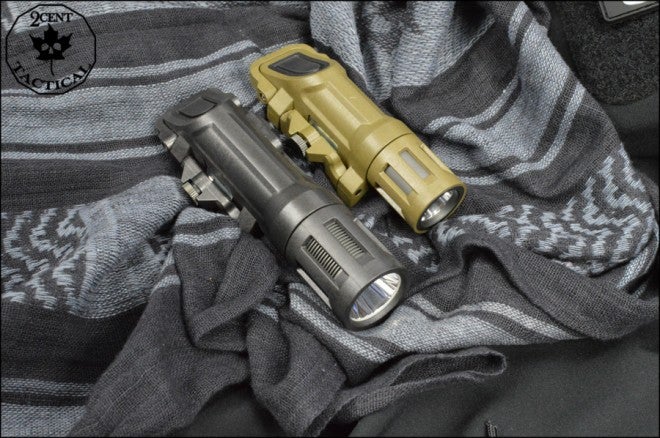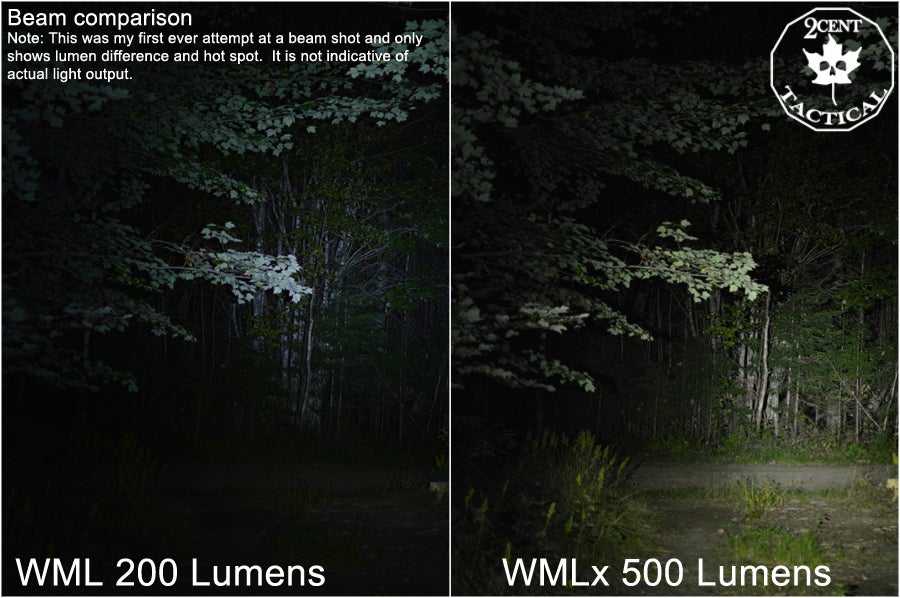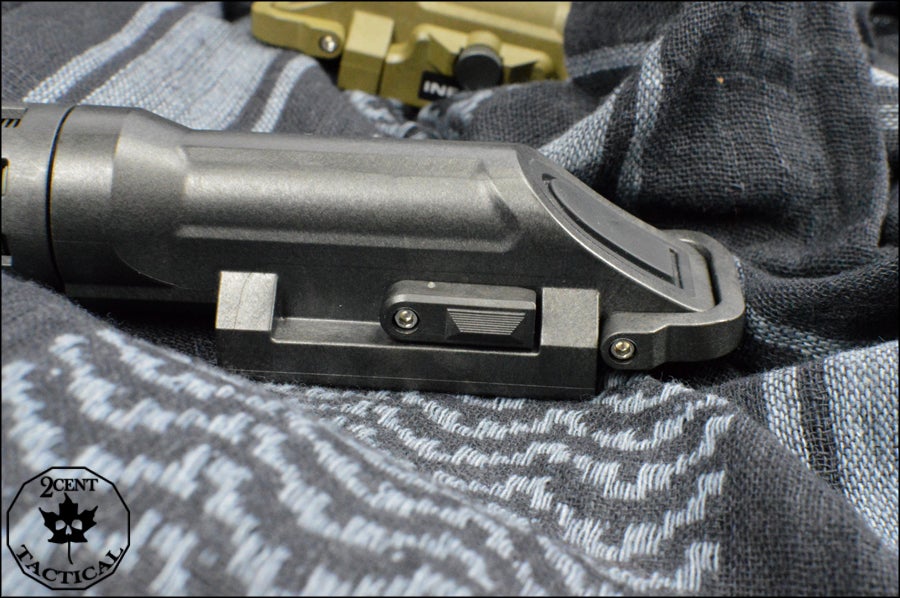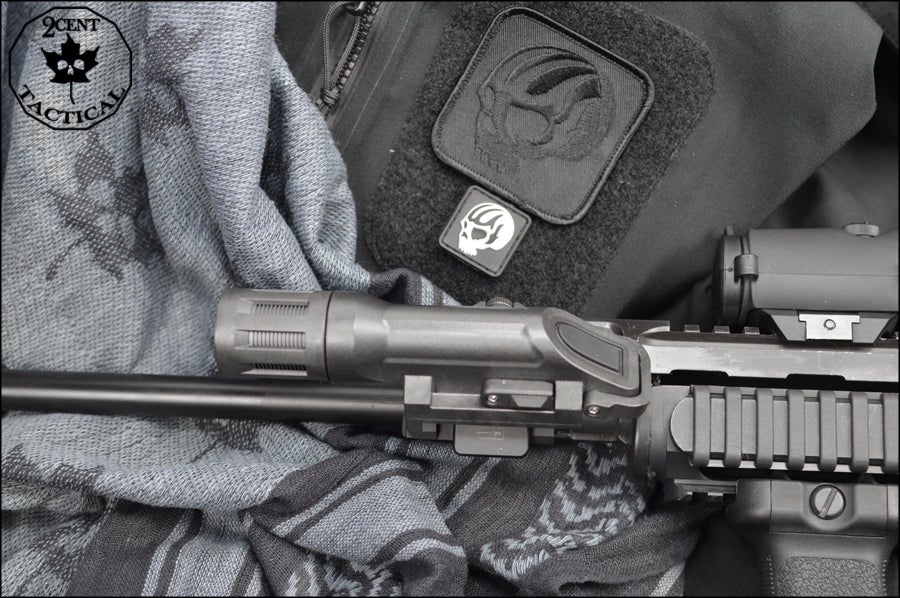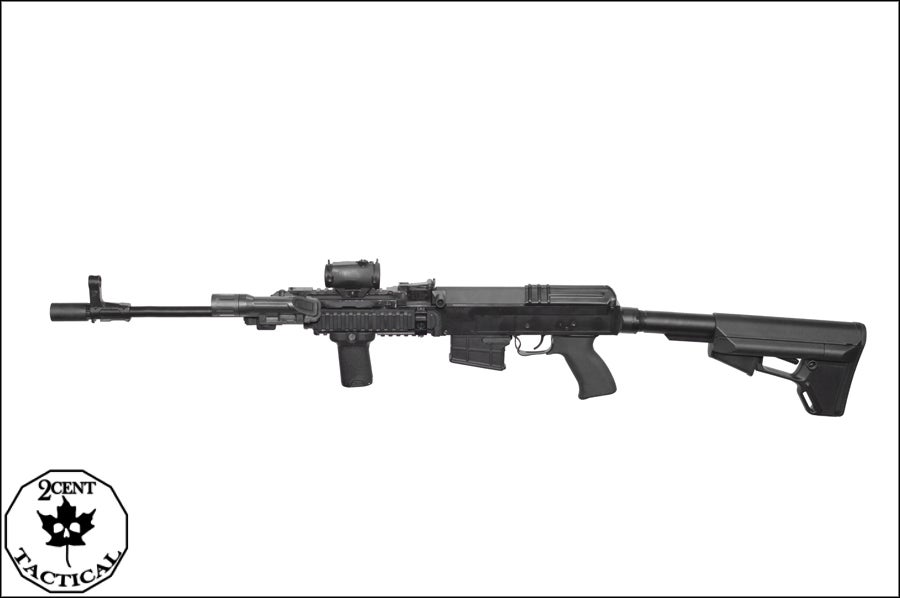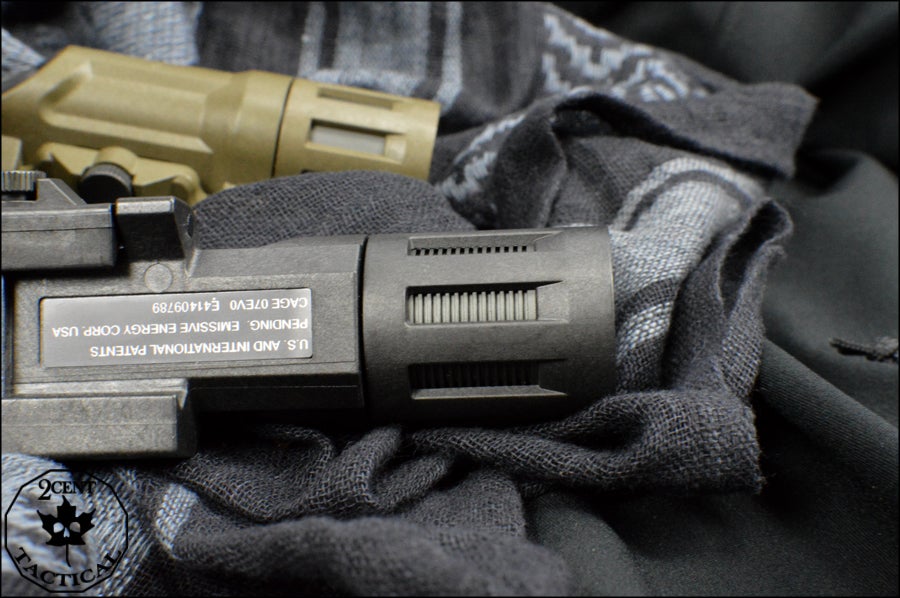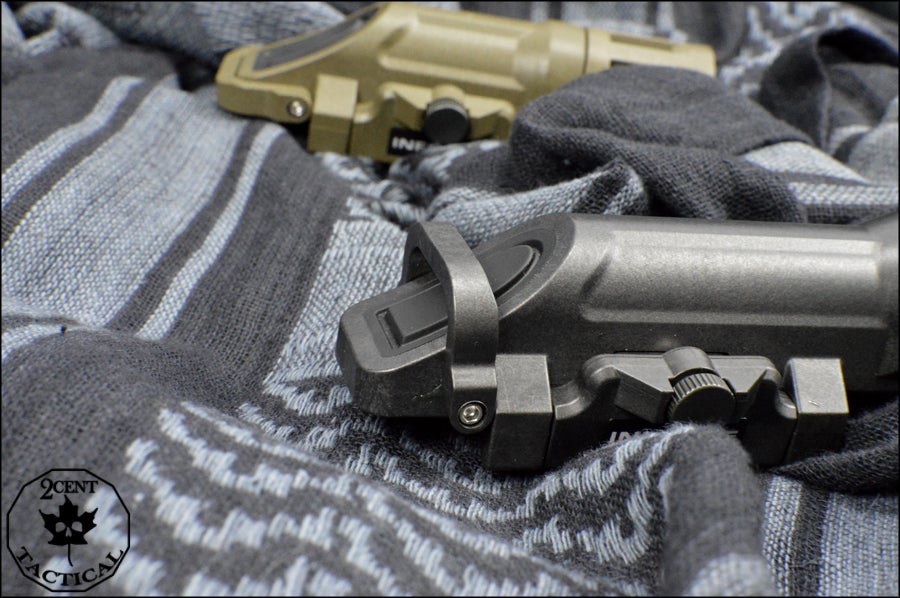This guest post was written by my friend Ryan Houtekamer
I have owned three INFORCE WMLs: the WMLx, the new Dark Earth model WML, and the original design
WML. I also now own the new version of the APL too. There are good reasons why I have so many lights
from one company: they are ergonomic, well priced, and they just plain work. With the release of the
WMLx, I was that much more excited for the line since a feature that LEO and MIL customers have been
begging for, momentary only mode, has finally been added to the line up.
Pros
-Affordable
-Ergonomic activation button
-An increase in the lumens department
-Takes up the same amount of rail estate as its shorter predecessor
-Swap between dedicated full function and momentary only modes with the flip of a switch
Cons
-This is not really a con, though it’s something a few people gripe about, but it’s made primarily out of
polymer so if you use your rifle like a bat you may damage the housing. It’s a balance of light weight and
affordable to heavier, stronger, and a higher price tag.
Overview
The previous WMLs topped out at a max lumens of 200 if you got one of the later models. This was done
in an effort to balance run time and useful lumens (500 lumens at 2 hours).
There is a trend with the enthusiast crowd where lights need to have more and more lumens. While lights that offer you the power of the sun in the palm of your hand have their uses, like as a spotlight, they function poorly if brought indoors. I can illustrate this to you very easily if you have one of these sorts of lights; at night walk into your hallway, preferably a hall with a mirror at the end or a nice white wall, then quickly activate the switch on your light, sending a burst down the hall. Chances are that you’re seeing spots and any remaining ability to see in the dark that you had is now likely shot. This is why companies like INFORCE and Surefire, who primarily cater to the military, law enforcement, and contractor crowd, don’t offer lights with retina searing lumen levels. Personally I prefer a light in the 150-500 lumen range, the higher limit gives it an edge outside while still being fairly useable inside. The other thing enthusiasts
want in a light is a variety of modes; people want strobes, SOS, high, low, and medium and on and on.
These aren’t needed really in a carbine light, to me a perfect WML would be the switch changing from
high and low momentary and the head being able to set it to constant on. You are capable of strobing a
light with your finger and having it as an available mode just leaves it as a possibility to turn it on with
gross motor functions when the shit hits the fan.
Because of this, I was happy when I got the press release regarding the WMLx since it has a momentary
on set to a dedicated switch and you now no longer have to hope your button press was the correct
length of time and worry about setting the light to constant on.
All of the other settings, for the crowd that wants those, are on the other side of the switch. Combined with the higher lumen output, this creates a light that is able to serve both the professional segment of the market and the enthusiast segment which is a big win for the folks over at INFORCE. The other big part of the WMLx’s future success is that it is designed to still take up the same amount of area on your rails.
Though the WMLx requires two batteries now, forcing it to be a bit longer, the rear section of the body is just like a standard WML, including the integrated clamp and screw. The front, however, is now a bit longer and the head has been redesigned. The change in the head came with an adjustment to the reflector and the inner structure of the head to better facilitate cooling.
The pressure switch on the rear of the WML family of lights is a positive change in carbine mounted
flashlights; it allows your thumb to naturally sit on it requiring minimal effort to activate it. If you don’t
want to activate the light then you have two methods of lock out, you can raise the switch bar in the
back which blocks your finger or you can twist the head to activate the other locking method.
The WMLx mounts firmly to your rail with the attached Patent Pending mount. The mount requires you to back off the locking screw and hook the opposite side of the rail clamp over the rail, then you press on the springed section on the other side to allow it to pop over the opposite side of the rail. Once the light is in place and in a comfortable position to be activated by the thumb, you just screw the locking screw back in. Now unless you go caveman on something and swing your rifle like a club then that light isn’t going anywhere. It’s a fairly robust light but shit can happen, as I said at the start, it’s a balance between
strength to weight.
Conclusion
So far I am impressed with this light, it’s the right balance between cost, settings, weight, and output.
It’s available in black, like I have, the old sand color which, to me kind of looks like Dijon Mustard, and
the new very well executed FDE. You can find this light in the $160 dollar or less range around the
internet with some looking around and at that price this light is absolutely worth giving a try.
_____
I hope you enjoyed Ryan’s review of the WMLx. It is a very moderately priced weapon light. At this moment it is only $25 more than the previous WML light. You can get it for $150 on LA PoliceGear.
 Your Privacy Choices
Your Privacy Choices
